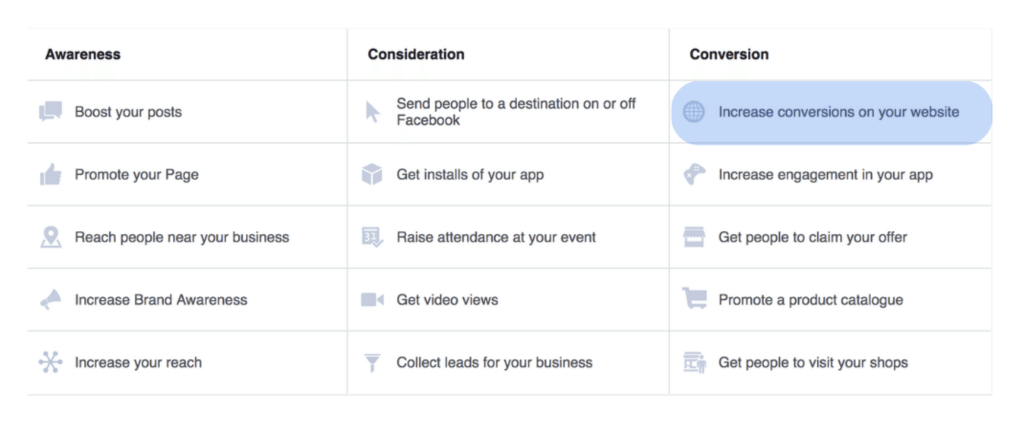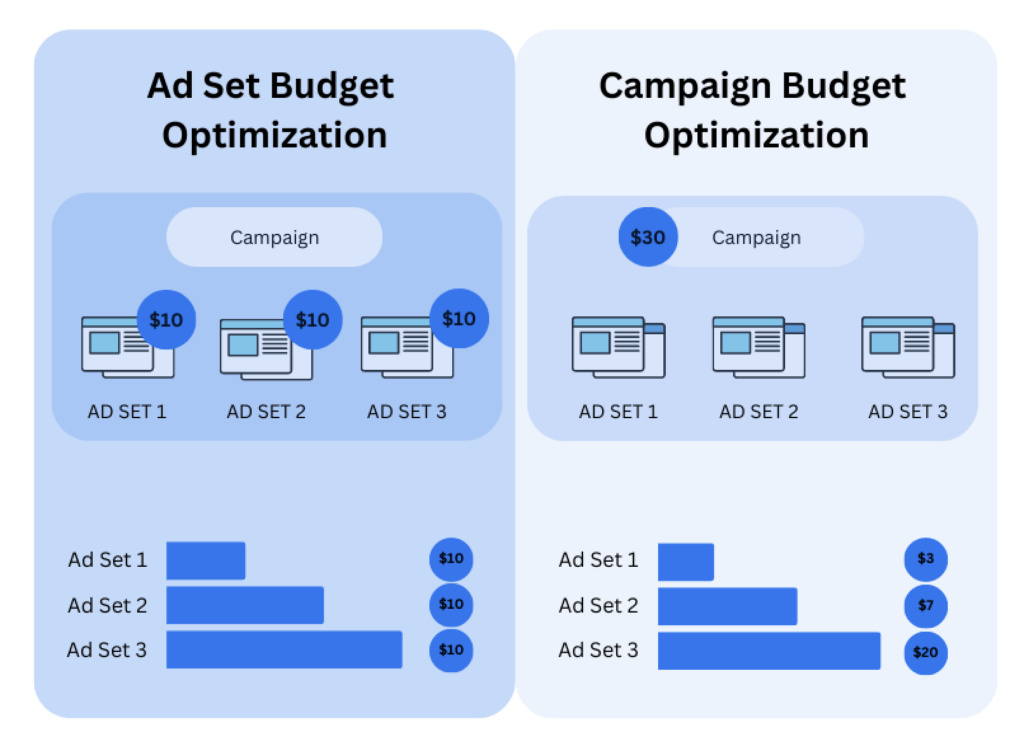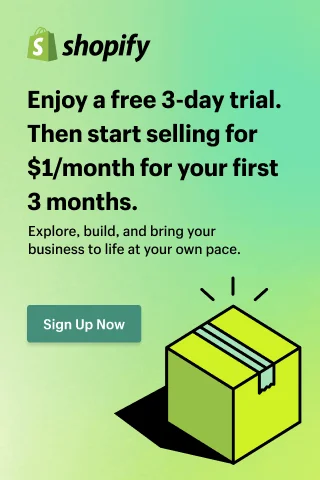As a dropshipping business owner, you know that Facebook ads are a powerful tool to drive traffic and boost sales. However, to make the most of your advertising budget, you need to optimize your ad campaigns strategically. This blog post’ll explore effective tips and techniques to maximize your return on investment (ROI) in dropshipping Facebook ads.
Table of Contents
The Importance of Budget Optimization
Before diving deep into the specifics, it’s important to understand why budget optimization is key for dropshipping businesses on Facebook. By optimizing your ad budget, you ensure that your money is allocated to the most effective strategies, reaching the right audience with the right message at the time.
This efficiency translates into increased conversions and sales, making every dollar spent count. Now, let’s see how you can optimize your advertising budget.
Setting Clear Goals for Your Dropshipping Ad Campaigns
So, let’s start with campaign goals. This may seem like one more generic piece of advice, but wait for us to explain. The main goal of eCommerce businesses is to sell and grow their businesses. And this is what you should have in mind when optimizing your Facebook ads. What you want to do is to optimize your Facebook ads for conversions.
Sure, here you would see a higher CPM than if you optimize for traffic. However, a common mistake is falling into the trap of optimizing for traffic. By doing so, you attract people who may not have an intention to purchase, leading to wasteful spending on an audience that is unlikely to convert.

Understanding your campaign objectives and aligning them with optimizing for conversions is crucial to the success of your Facebook ads. By focusing on attracting potential customers who are genuinely interested in your dropshipping products, you ensure that your advertising budget is invested in the right audience, ultimately leading to more significant returns and business growth.
Campaign or Ad Set Budget Optimization for Dropshipping?
There are two possible budget optimization options for Facebook Ads: campaign and ad set budget optimization. But which one is better?
Well, our recent A/B test results suggest that Ad Set Budget Optimization (ABO) can yield better results, boasting an average return on ad spend (ROAS) of 94% for prospecting ads. On the other hand, Campaign Budget Optimization (now called Advantage Campaign Budget) achieves an average ROAS of 81%.
With Ad Set Budget Optimization, you have the advantage of allocating budgets to individual ad sets within a campaign. This level of granularity allows for more precise budget distribution based on the performance of each ad set, ensuring that high-performing ad sets receive the resources they need to thrive.
On the other hand, Campaign Budget Optimization treats the entire campaign as a single entity, distributing the budget across different ad sets within the campaign automatically. While this option can simplify budget management, it may not provide the same level of control and optimization as Ad Set Budget Optimization.

Audience Optimization
When it comes to audience optimization in your Facebook advertising campaigns, the data paints a clear picture of which targeting strategy has better results. The choice between Lookalike and Broad targeting becomes evident – for maximizing your ROAS, Broad targeting is the way to go.
Our in-depth analysis reveals that, on average, Broad targeting boasts a higher ROAS of 113%, compared to Lookalike targeting, which achieves an ROAS of 76%. Notably, the CTR remains comparable, hovering around 1% for both approaches.
However, it’s essential to consider that Lookalikes exhibit a higher average CPM, clocking in at 45% higher than Broad targeting. This higher CPM negatively impacts overall ROAS, leading to decreased results. Thus, the data strongly support the notion that Broad targeting is the more effective option for most dropshipping businesses seeking optimal results in their Facebook ads.
So, if you aspire to drive the best possible outcomes from your dropshipping campaigns, it’s time to cast aside Lookalikes and embrace the effectiveness of Broad targeting.
The Risks of Mixing Prospecting and Retargeting Audiences
One more thing to have in mind is how to group your audience. Implementing separate campaigns for prospecting and retargeting is a strategic approach that significantly impacts the effectiveness of your advertising efforts. Keeping those two audiences distinct optimises your ad spend and achieves better results.
The key reason for maintaining separate campaigns lies in the CPM disparity between prospecting and retargeting ads. Retargeting ads tend to have a higher CPM compared to prospecting ads. If these two audiences are mixed, there’s a risk of your prospecting budget being allocated to the retargeting audience.
Image a scenario where a retargeting audience inadvertently comes across a prospecting ad. Clicking on this ad would lead to increased CPM expenses from your prospecting budget being attributed to someone who is already familiar with your brand. This misallocation of funds leads to inefficiencies in your advertising budget and potentially hamper the overall performance of both campaigns.

To maintain a clear distinction between prospecting and retargeting audiences, it’s important to set separate campaigns and apply precise targeting criteria for each. By doing so, you ensure that your prospecting efforts are directed toward attracting new potential customers while your retargeting campaign focuses on engaging with individuals who have previously interacted with your brand.
Improving Retargeting Results through Pixel Integration
Now that we mention retargeting ads, it’s time to talk about the Facebook pixel. When it comes to optimizing your retargeting ad budget, Facebook Pixel plays a crucial role in ensuring every dollar is spent wisely. By tracking user interactions on your website, Facebook Pixel provides valuable data that allows you to make informed decisions about where and how to allocate your budget for retargeting campaigns.
Firstly, Facebook Pixel helps you identify and segment your audience based on specific actions they’ve taken on your website. For instance, you can create custom audiences of users who added items to their cart but didn’t complete the purchase or customers who viewed specific product pages.
This audience segmentation enables you to tailor retargeting ads to the interest and behaviours of each group, increasing the relevancy and effectiveness of your ads.
Setting Appropriate Frequency Caps
Avoiding ad fatigue and overexposure is another way to maintain the effectiveness of your dropshipping advertising campaigns. Ad fatigue occurs when customers see the same ad repeatedly, leading to a decline in engagement and interest over time. On the other hand, over-exposure refers to bombing customers with ads to the point where they feel overwhelmed or annoyed.
Frequency caps also help preserve your ad budget by avoiding excessive impressions to the same customers. Continuously showing ads to customers who have already seen them multiple times is wasteful and can lead to a negative perception of your brand.
By finding the right balance with frequency caps, you can strike a harmonious chord with your audience. Your ads will have enough exposure to make an impact without overwhelming users. Implementing frequency caps are particularly beneficial for longer-running campaigns, ensuring that your messaging retains its impact throughout the campaign’s duration.
The Power of Data: Using KPIs to Measure Ad Performance
Monitoring key metrics and performance is absolutely crucial for running successful dropshipping ad campaigns on Facebook. It’s like having a compass that guides you on the right path. By regularly analyzing key performance indicators, you can gauge your ads’ effectiveness and spot areas that need improvement.
Keep an eye on important metrics such as click-through rate (CTR), conversion rate, return on ad spend (ROAS), and cost per acquisition (CPA). These metrics give you valuable insights into how well your ads are performing. Armed with this valuable data, you can make informed decisions to optimize your ad performance and ensure that your advertising budget is wisely invested in the strategies that deliver the best results for your dropshipping business.
So, don’t skip on tracking these numbers – they hold the secret to success!
Conclusion
In this blog post, we’ve explored crucial tips to optimize your Facebook ad budget for dropshipping success. By focusing on clear campaign goals and optimizing for conversions with Ad Set Budget Optimization (ABO), you can achieve an impressive average ROAS of 94% for prospecting ads.
Moreover, using Broad targeting instead of Lookalike targeting results in better performance, with a higher ROAS of 113%. Separating prospecting and retargeting campaigns, integrating Facebook Pixel, and setting appropriate frequency caps are key to maintaining ad effectiveness and preventing audience fatigue. Applying these strategies can maximize ROI and drive exceptional results in your dropshipping Facebook ad campaigns.











